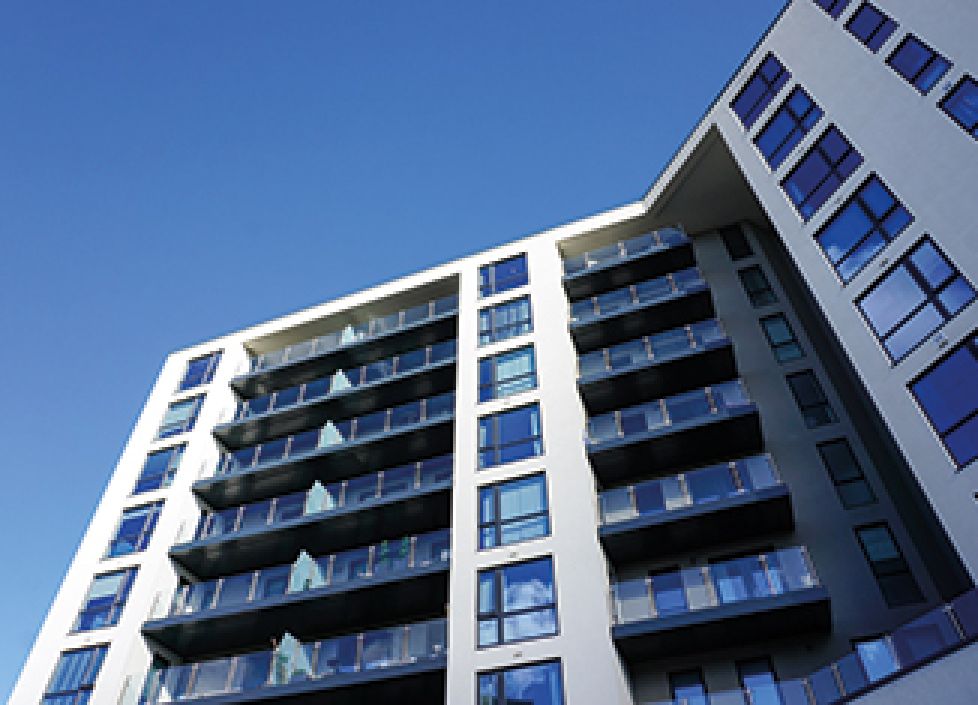Following changes to Class MA commercial to residential development rights in February 2024, there has never been a better time to convert a commercial building to residential use – but there are still challenges as well as opportunities. Here is an architect’s view on how to best address the practical, design & procedural hurdles of Class MA conversions.
In August 2021, the General Permitted Development Order introduced Class MA conversion rights. This enabled commercial buildings (Use Class E) to be converted to residential use (Class C3) via permitted development (PD). Further amendments to this order published in February 2024 (and actioned from 5 March) removed any previous restriction on the size of buildings to be converted as well as the three-year vacancy requirement. This legislative change has therefore created new opportunities for the conversion of larger commercial buildings, as well as those still in use.
The amendment came about following changes to the NPPF in late 2023, which put greater emphasis on utilising brownfield development and increasing density in urban areas. Class MA conversions offer a tangible strategy in achieving this goal.
On paper, commercial to residential conversions present a favourable option for developers, as they are generally quicker to deliver and are therefore a more cost-efficient option. But what then are the hurdles faced in practice?
In terms of planning legislation, the amended Class MA rights still do not apply to listed buildings or those subject to Article 4 Direction, within a site of scientific interest, outstanding natural beauty or agricultural tenancy, which does somewhat limit viability.




















